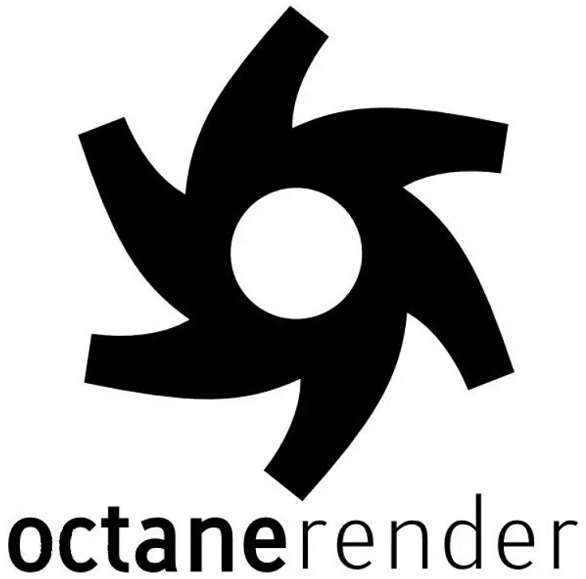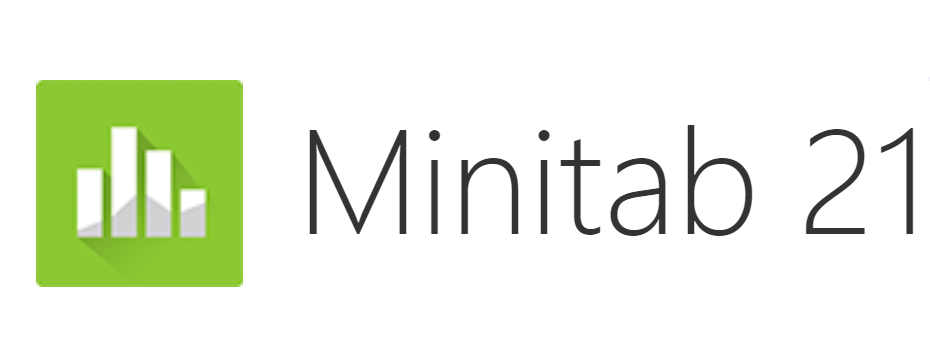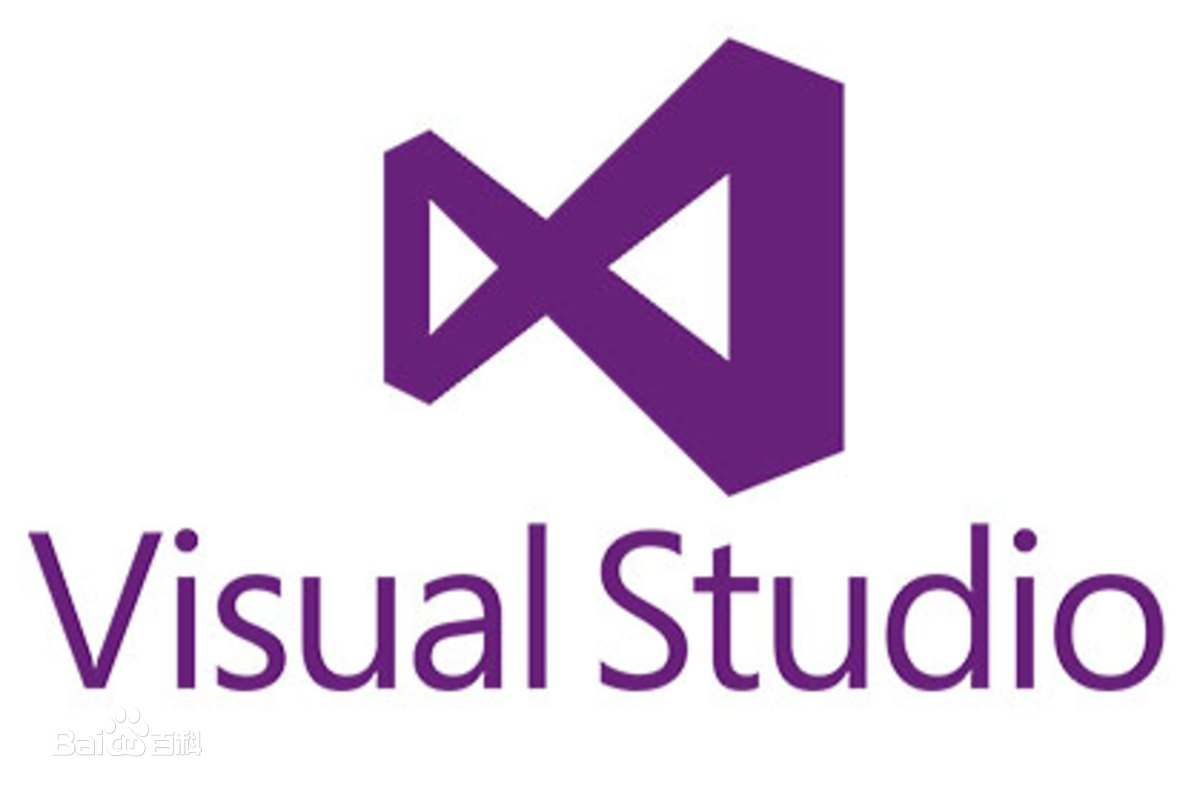In mapping and spatial analysis, in addition to the accuracy of the data itself, the expression effect of graphics is equally important. And "symbolization" is the core tool for achieving visual communication of maps in ArcGIS. By designing symbols and styles for spatial objects such as points, lines, and surfaces, users can better understand the map content and enhance its aesthetic appeal and information density.
дёҖгҖҒWhat is ArcGIS symbolization
In ArcGIS, symbology refers to setting the display of spatial features in layers on a map, such as color, shape, size, line type, transparency, etc., in order to make the map more visually expressive.
1.What are the functions of symbolization?
Highlight key points: make specific types of elements more prominent;
Distinguishing categories: Data of different categories are represented by different colors or shapes for easy reading;
Expression level: Expressing numerical values through color depth or symbol size;
Enhance aesthetics: make the map surface cleaner and more aesthetically pleasing;
Auxiliary analysis: In the process of map analysis, use colors or symbols to guide users to pay attention to specific patterns.
2.Symbolic Types Supported in ArcGIS
ArcGIS mainly supports the following types of symbolic methods, which are suitable for expressing different map contents:
Single Symbol: All elements adopt the same style, suitable for unified expression;
Categorized: Different symbols are used to represent classification based on attributes, such as land type and administrative region;
Graduated Symbols: Display different colors or sizes based on numerical values, suitable for continuous data such as population and area;
Dot Density symbol: used to represent the number of points based on their density, used for statistical analysis of layers;
Heat Map: Generate heat maps for dense point features;
Proportional Symbols: The symbol size is proportional to the numerical value, visually displaying the data size;
Rule based symbolization: Combining multiple fields and conditions for advanced style setting.

дәҢгҖҒArcGIS Symbolization Operation Steps: Complete Process of Layer Style Setting
Taking ArcGIS Pro as an example (similar to ArcMap operation), we will introduce the most commonly used symbolic operation process.
1.Load data layer
Open ArcGIS Pro and create a new project;
Import vector layers (. shp,. gdb,. featureclass) or raster layers;
The layer appears in the "Contents" panel on the left.
2.Open the Symbolic Settings interface
Right click on the layer in the "Contents" panel and select Symbology;
After selecting the layer, click the Symbology button in the "Appearance" tab at the top;
After opening the "Symbology" panel on the right, select the symbol type you need (such as single symbol, categorical symbol, etc.).
3.Single Symbol Setting
Applicable to elements that do not differentiate attributes:
Select "Single Symbol" in the "Symbology" panel;
Click on the "Symbol" icon вҶ’ a symbol editing window will pop up;
Color, border color, transparency, symbol shape (points), line type (lines), and fill pattern (faces) can be set;
It is very fast when applied to unify the style of the entire image.
4.Unique Values setting for classification symbols
Applicable to layers that require classification and display based on attribute fields:
Select 'Unique Values' in' Symbology ';
Select classification fields (such as "land type", "road grade", "administrative region");
The software automatically lists all categories;
On the right side of each category, there is a symbol style that can be individually set with colors, patterns, etc;
You can click on "Color Scheme" to quickly change colors uniformly.
5.Graduated Colors Settings
Used to display color gradients based on numerical grading (such as population density, housing prices, etc.):
Select "Graduated Colors" in "Symbology";
Specify the numerical field used for grading (such as "area");
Set grading methods (such as equidistant, equal quantity, natural breakpoint) and levels (recommended 3-7 levels);
Choose a color gradient scheme (such as light blue вҶ’ deep blue);
You can open "Histogram" to view the data distribution and manually adjust the grading breakpoints.
6.Symbolic style fine-tuning settings
Each symbol can be clicked to enter the "Format Symbol" window for more detailed settings;
Including stroke width, angle, fill pattern, shadow effect, transparency;
Multiple symbols can be synchronized using 'Apply to All' to apply styles.
7.Legend automatic synchronization update
After symbolic modification, the map will automatically update;
If outputting a map in the layout view, you can use "Insert вҶ’ Legend" to quickly generate a legend;
The legend style can be edited to change the explanatory text, arrangement direction, borders, etc.

дёүгҖҒExpansion techniques and high-level expression methods for ArcGIS symbolization
1.Rule based Symbolization Using Expressions
Multiple fields or conditions can be set to jointly control styles, for example:
If (Type=="Main Road" and Width>15) вҶ’ Red thick line
If (Type=="secondary road" and Width<=15) вҶ’ blue thin line
Select "Symbol Layer Drawing" or "Expression" in "Symbology" to enable this feature.
2.Enhance layer contrast by using transparency and color overlay
Suitable for scenarios where multiple layers overlap, such as flood risk areas and population distribution maps;
By setting the transparency of a certain layer (20-50%), information can be overlaid without obstruction.
3.Displaying terrain/remote sensing information using grid symbolization
Grid layers can be symbolized in three ways: "Stretch", "Classified", and "Discrete";
It can be combined with DEM data to use slope values and aspect information for grayscale gradient or color grading;
Hillshade effect can be added to enhance the three-dimensional sense.
4.Batch management of symbol systems using vector tiles and style files
Support exporting symbol settings as. style files for reuse in other projects;
In team projects, layer styles can be unified to ensure consistent drawing standards.
5.Output high-quality map layers for publishing and sharing
All symbolized layers can be output in high-definition formats such as PDF, PNG, SVG, etc;
It can also be published as a web layer to ArcGIS Online, forming an interactive map display page.










